Determining whether a company is insolvent at a particular point in time is often a difficult task.
A liquidator is required to undertake this analysis as a necessary element which must be proved for a claim under Part 5.7B of the Corporations Act 2001 (Act) in respect of ‘insolvent transactions’ which can be either an ‘unfair preference given by the company’ or an ‘uncommercial transaction of the company’.
For these transactions, the liquidator must establish that the insolvent transaction(s) were entered into at a time when the company was insolvent, or alternatively, the company became insolvent because of entering into the transaction(s).
The starting point for the analysis is found in s 95A(2) of the Act which states that a person who is not solvent is insolvent. Further, s 95A(1) says that a person is solvent if, and only if, the person is able to pay all the person’s debts as and when they become due and payable.
That definition adopts a ‘cash flow test’ of insolvency which turns upon the income sources available to the company and the expenditure obligations that it has to meet.[1] A balance sheet test can provide useful context for the application of the cash flow test although the Courts do not consider this test in isolation to the cash flow test.
Consideration must then be given to the ‘commercial realities’ when making an assessment of solvency and determining what resources were available to the company to meet its liabilities as they fall due, whether resources other than cash are realisable by sale or borrowing upon security, and whether such realisations are achievable. [2]
The cases recognise ‘a difference between temporary liquidity’ and ‘an endemic shortage of working capital’[3]. The approach taken by the Courts has been to differentiate situations where on the one hand a company is facing a temporary lack of liquidity which does not constitute insolvency, and on the other a company that has insufficient cash resources to pay all of its debts as and when they fall due and is insolvent, although there is often a fine line between the two. The Courts often have regard to ‘the commercial reality that, in normal circumstances, creditors will not always insist on payment strictly in accordance with their terms of trade’.[4]
Whilst not necessarily determinative, in attempting to determine a company’s solvency, the Courts have developed various ‘indica’ of insolvency including:[5]
- continuing losses;
- liquidity ratios below one;
- overdue Commonwealth and State taxes;
- inability to borrow further funds from lenders and no access to alternative finance;
- inability to raise further capital;
- suppliers placing company on cash on delivery or otherwise demanding special payments before resuming supply;
- creditors unpaid outside trading terms;
- issuing of post-dated cheques;
- dishonoured cheques;
- special arrangements with selected creditors;
- receipt of letters of demand, statutory demands and court process for debt;
- payments to creditors of rounded amounts not reconcilable to specific invoices;
- inability to produce timely and accurate financial information to indicate trading performance and financial position;
The ASIC in Information Sheet 42 – Insolvency – a Guide for Directors has similarly set out ‘key indicators’ of insolvency which largely mirrors the above indicators.
The question of whether or not a company is insolvent is vexed and is ultimately a question of fact to be determined objectively having regard to all of the above matters.
Article written by Patrick Fabris of our Melbourne office.
[1] Sourthern Cross Interiors Pty Ltd (in liq) v Deputy Commissioner of Taxation (2001) 53 NSWLR 213
[2] Re BBY Ltd (Receivers and Managers Appointed) (in liq) and BBY Holdings Pty Ltd (Receivers and Managers Appointed) (in liq) (2022) 409 ALR 558; [2022] NSWSC 29 at [156].
[3] Hall v Poolman (2007) 243 FLR 243
[4] Sourthern Cross Interiors Pty Ltd (in liq) v Deputy Commissioner of Taxation (2001) 53 NSWLR 213
[5] Australian Securities and Investments Commission v Plymin (no 1) (2003) 175 FLR 124; 46 ACSR 126 at [386] and Lewis v Doran (2004) 208 ALR 385; 50 ACSR 175 at [75].



